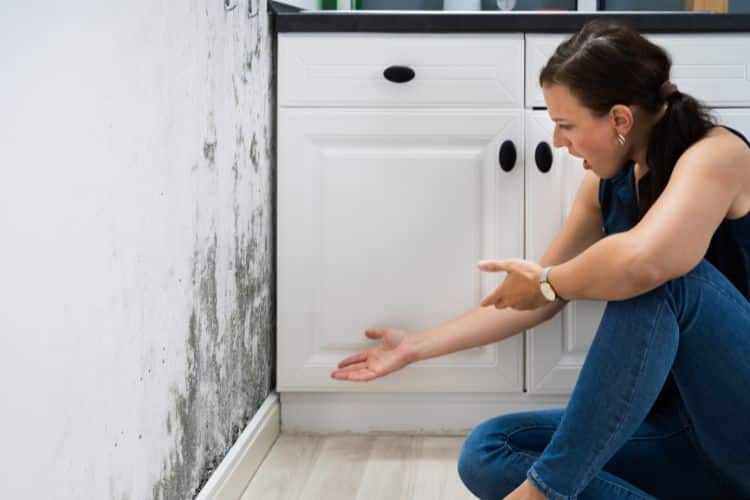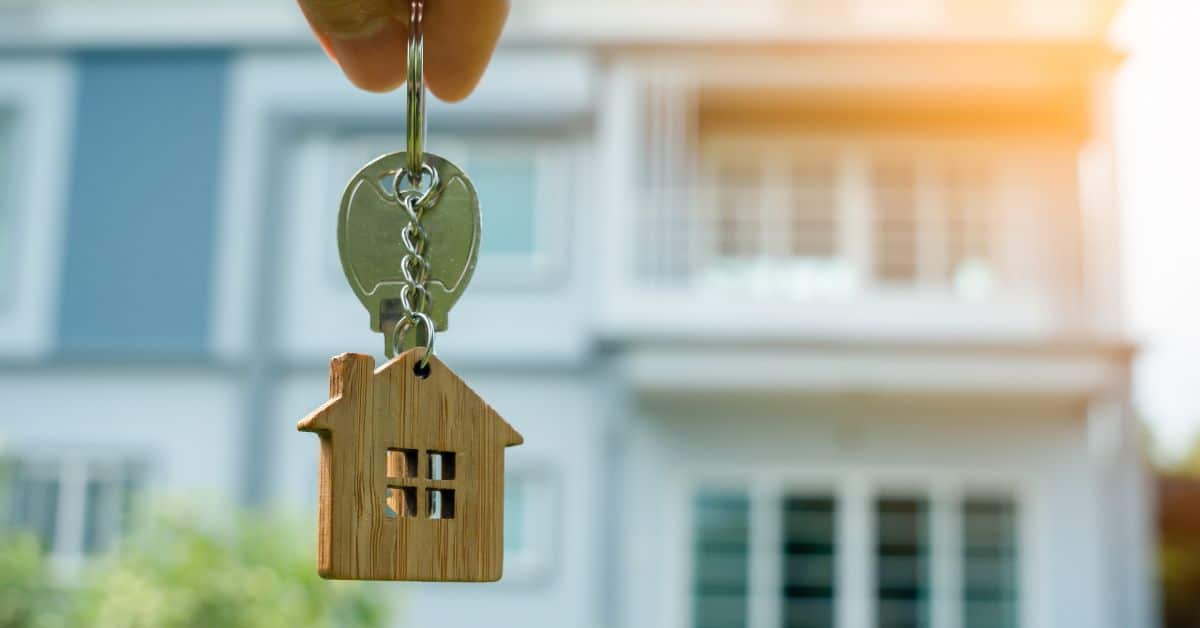When it comes to unwanted guests in our homes, mold and mildew are two of the most common culprits. These microscopic organisms thrive in damp and humid environments, causing damage to our property and potentially posing health risks. Understanding the differences between mold and mildew is crucial for effective remediation. In this article, we will explore the variances between mold and mildew, and provide you with actionable tips on how to deal with each. Whether you’re a homeowner or simply interested in expanding your knowledge, this guide has got you covered.

Mold vs. Mildew: Exploring the Variances
Mold and mildew are often used interchangeably, but they are not the same. To effectively combat these fungi, it’s essential to understand their unique characteristics and behaviors. Let’s dive into the specifics:
Mold: The Persistent Intruder
Mold is a type of fungus that can grow both indoors and outdoors. It thrives in moist environments and reproduces through tiny spores that are invisible to the naked eye. Mold spores are present everywhere, but they become a problem when they find suitable conditions to grow and colonize. Unlike mildew, mold penetrates the surface it grows on, making it more difficult to remove. Its fuzzy or slimy appearance can vary in color, ranging from black, green, or even pink.
Mildew: The Surface Dweller
In contrast to mold, mildew is a surface fungus that grows predominantly on organic materials like plants, paper, fabric, and damp walls. It usually appears as a white or gray powdery substance and can spread quickly in warm and humid conditions. Mildew tends to be more superficial and easier to remove compared to mold. However, if left unaddressed, it can still cause damage and trigger allergic reactions in susceptible individuals.
Recognizing Mold and Mildew Infestations
Identifying whether you’re dealing with mold or mildew is crucial for selecting the appropriate remediation methods. Here are some signs to look out for:
- Visual Appearance: Mold often appears as patches of black, green, or brown discoloration, while mildew typically presents as white or gray powdery growth.
- Texture: Mold tends to have a fuzzy or slimy texture, whereas mildew is more powdery or fluffy in nature.
- Odor: Mold infestations are often accompanied by a musty, earthy smell, while mildew emits a more pungent odor.
- Location: Mold is commonly found in areas with excessive moisture, such as basements, bathrooms, or areas affected by water leaks. Mildew is frequently seen on surfaces exposed to high humidity, such as bathroom tiles or fabrics.
Dealing with Mold: Effective Strategies
Mold remediation requires a comprehensive approach to eliminate the source of moisture and prevent further growth. Here are some steps to tackle mold-related issues effectively:
1. Identify the Source
The first step in mold remediation is identifying and addressing the source of moisture. Inspect your home for leaks, water damage, or areas with excessive humidity. Common culprits include leaky pipes, roof leaks, or inadequate ventilation. Fixing these issues will help prevent future mold growth.
2. Protective Measures
Before you begin mold removal, ensure you take the necessary precautions to protect yourself. Wear protective clothing, gloves, goggles, and a mask to avoid direct contact with mold spores.
3. Dry the Area
Thoroughly dry the affected area using fans, dehumidifiers, or natural ventilation. Mold thrives in damp conditions, so reducing moisture levels is crucial.
4. Remove Affected Materials
If the mold has penetrated porous materials like drywall or carpeting, it may be necessary to remove and replace these items to ensure complete eradication.
5. Clean and Disinfect
Using a mold-specific cleaner or a mixture of water and detergent, scrub the affected area thoroughly. Be sure to follow the manufacturer’s instructions and allow the surface to dry completely.
6. Prevent Future Growth
To prevent mold recurrence, maintain proper ventilation, control humidity levels, and promptly address any moisture-related issues. Regularly inspect and clean areas prone to moisture, such as bathrooms, basements, and kitchens.
Dealing with Mildew: Practical Approaches
While mildew may be less invasive than mold, it still requires prompt attention to prevent further damage. Here are some effective strategies for dealing with mildew:
1. Surface Cleaning
Mildew can often be removed using simple household cleaners and a scrub brush. For fabric or clothing, follow the manufacturer’s instructions for appropriate cleaning methods.
2. Natural Remedies
Vinegar, hydrogen peroxide, or baking soda solutions can be effective in removing mildew from surfaces. These natural remedies are safe, affordable, and readily available.
3. Proper Ventilation
Ensuring proper airflow and ventilation in your home can help prevent mildew growth. Use exhaust fans in bathrooms and kitchens, and open windows regularly to allow fresh air circulation.
4. Reduce Humidity
Invest in a dehumidifier to maintain optimal humidity levels in your home, particularly in areas prone to moisture, such as basements or laundry rooms.
5. Regular Cleaning
Regularly clean and dry areas that are susceptible to mildew, such as bathroom tiles, shower curtains, and window sills. Promptly address any water leaks or spills to prevent moisture buildup.
6. Sunlight Exposure
Expose mildew-prone items to direct sunlight when possible. Sunlight has natural antimicrobial properties and can help inhibit mildew growth.
Conclusion
In conclusion, understanding the differences between mold and mildew is essential for effectively dealing with these common household issues. Mold is persistent and penetrates surfaces, while mildew is surface-dwelling and easier to remove. By identifying the signs of infestation and implementing appropriate remediation strategies, you can successfully combat mold and mildew problems. Remember to address the source of moisture, take necessary precautions, and follow proper cleaning procedures.
If you find yourself dealing with extensive mold issues or water damage, it’s advisable to seek professional assistance. Our company offers a range of specialized services, including mold removal, mold inspection, mold remediation, and water damage restoration. Our team of experts is equipped with the knowledge and expertise to handle even the most challenging situations, ensuring thorough and effective solutions for your home.
Regular maintenance and preventive measures, coupled with professional services when needed, will help you keep your home free from mold and mildew. Don’t let these unwanted guests compromise the safety and integrity of your living environment. Take action today and protect your home from the damaging effects of mold and mildew.




